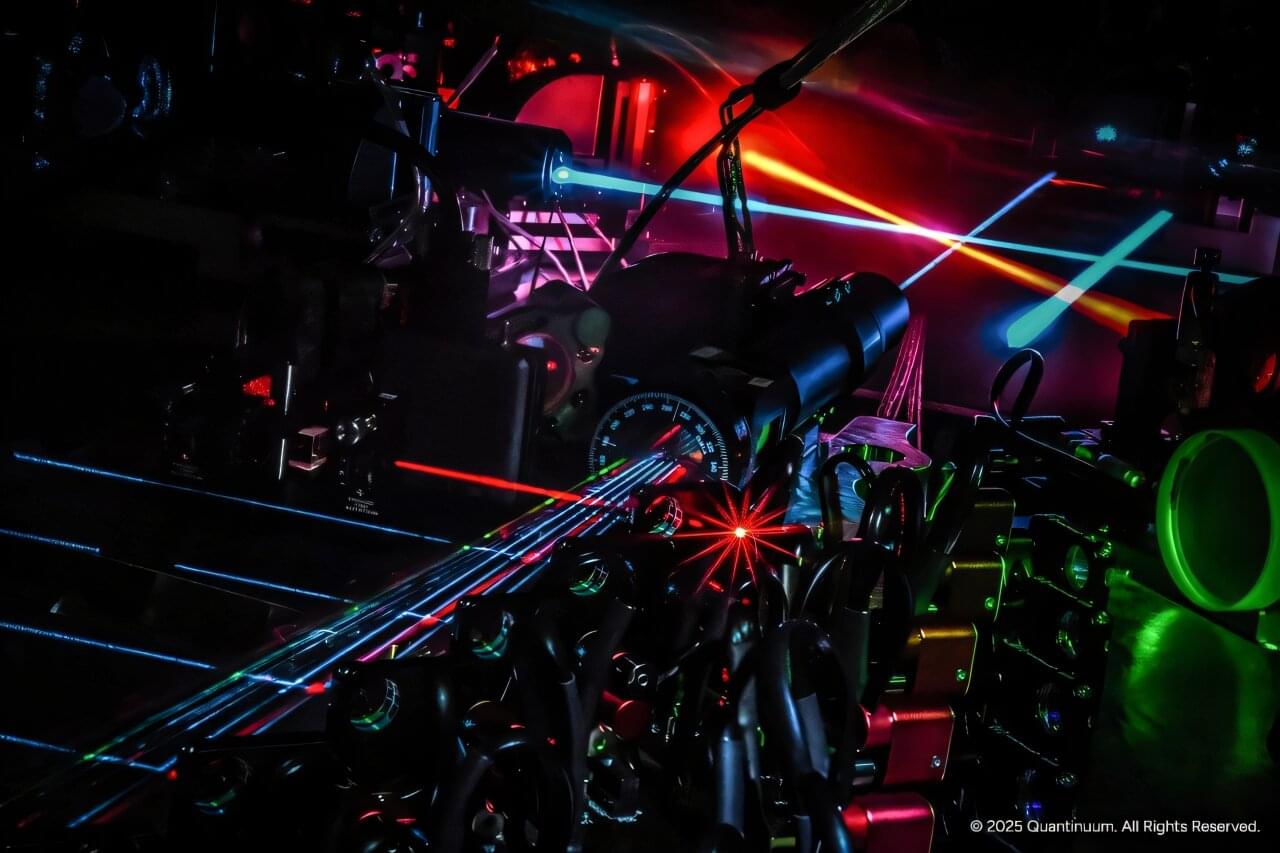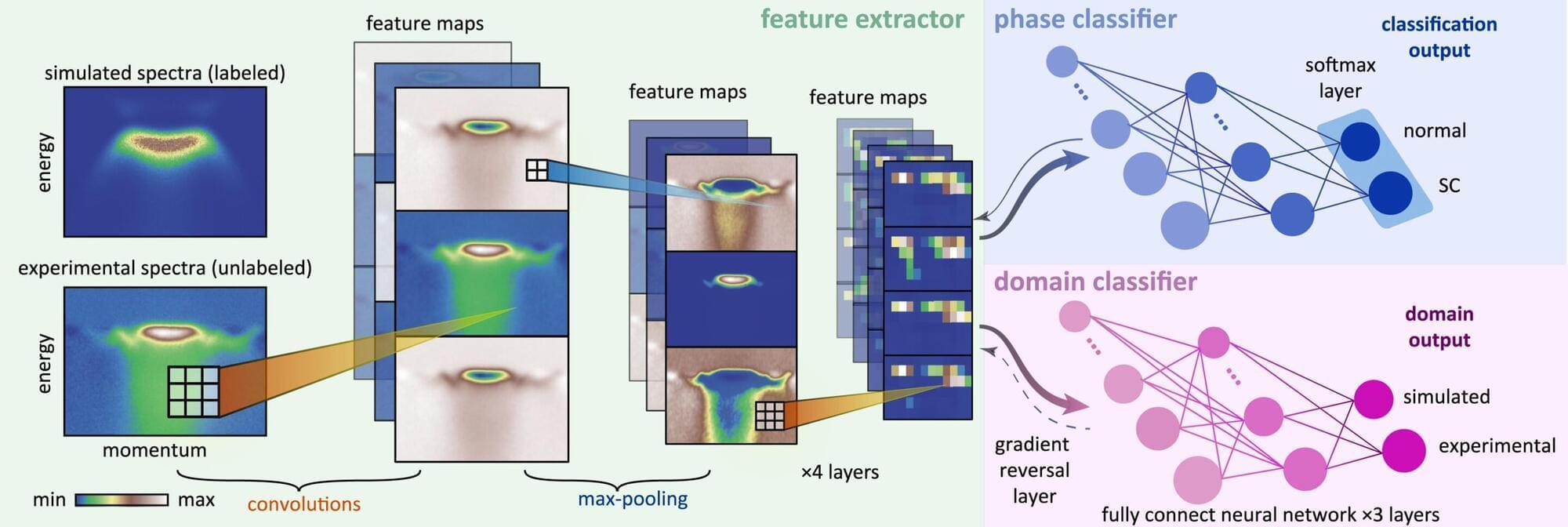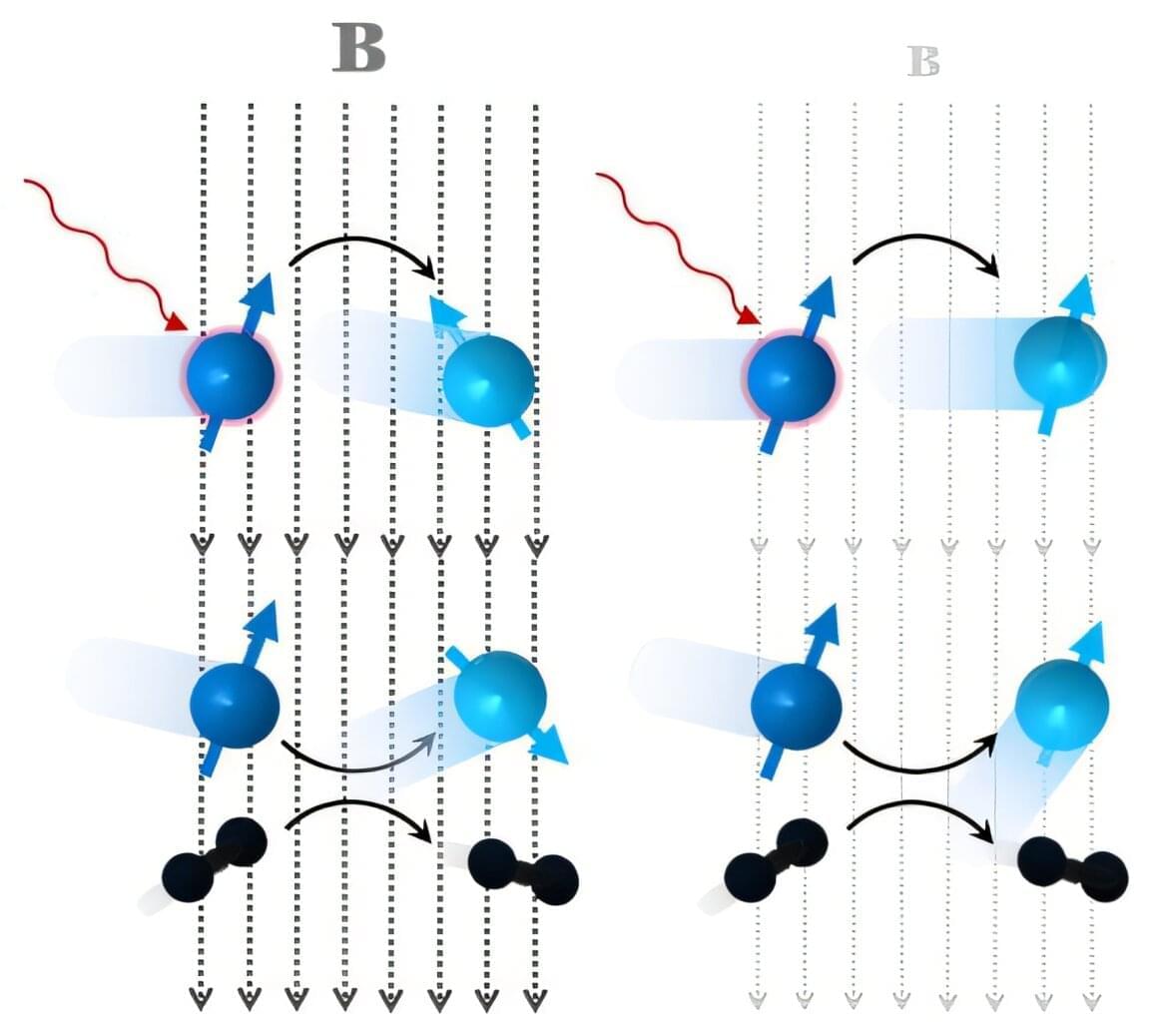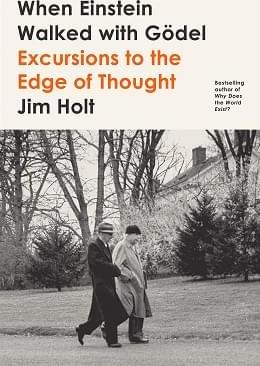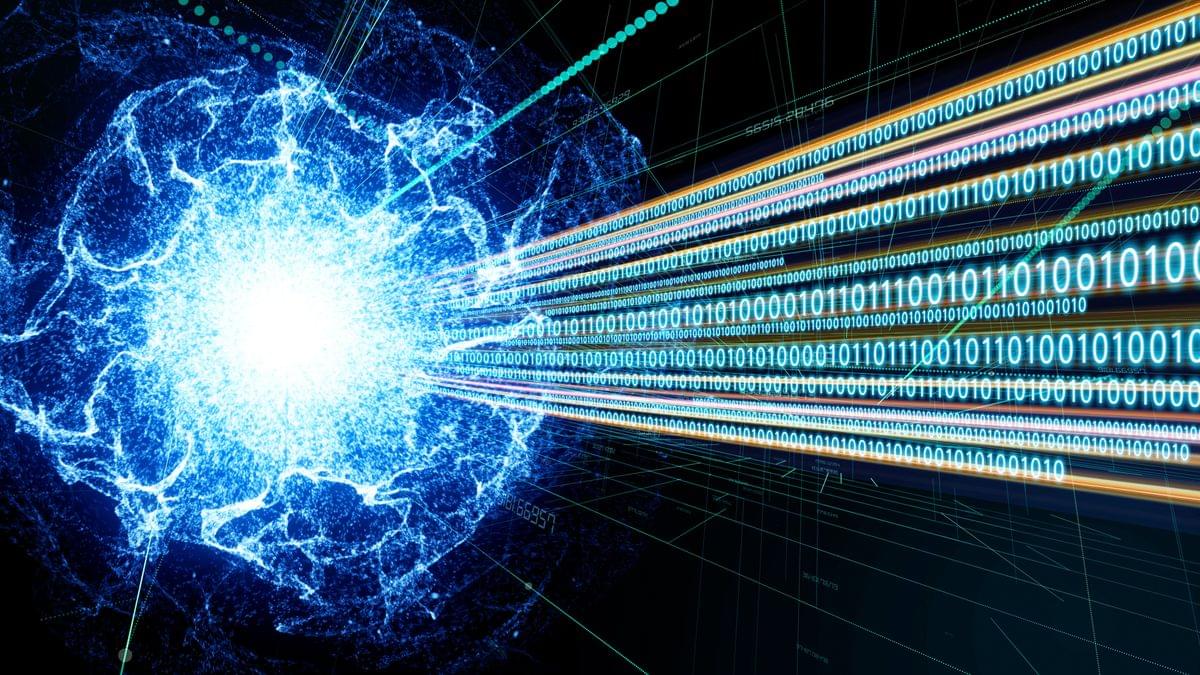Quantum computers, which process information leveraging quantum mechanical effects, have the potential to outperform classical computers in some optimization and computational tasks. In addition, they could be used to simulate complex quantum systems that cannot be simulated using classical computers.
Researchers at Quantinuum and other institutes in Europe and the United States recently set out to simulate the digitized dynamics of the quantum Ising model, a framework that describes quantum magnetism in materials, using an advanced quantum computer.
Their simulations, outlined in a paper on the arXiv preprint server, led to the observation of a transient state known as Floquet prethermalization, in which systems appear locally stable before approaching full equilibrium, in regimes that are inaccessible to classical computers.
